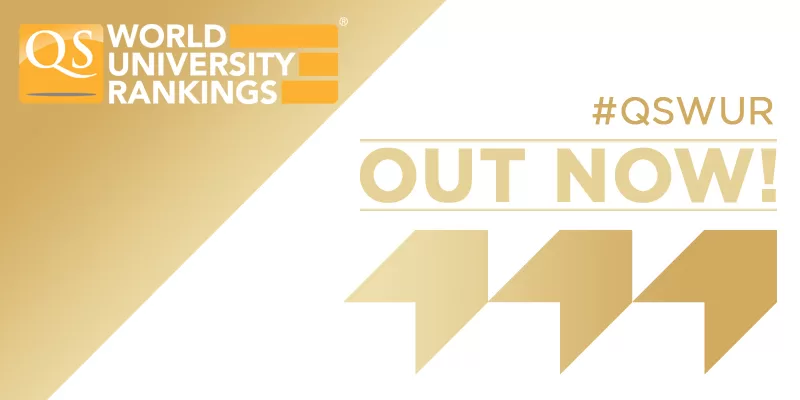
The release of this year’s QS World University Rankings sees a fair amount of movement in the upper echelon of higher education. With adjustments made to the QS World University rankings in order to give a better representation to citations in different fields of study, there have been some interesting developments in the outlook of university rankings worldwide.
US and UK Universities still the highest-ranked universities
It’s no real surprise that major universities in the US and the UK maintain their grip on the top spots of the QS World University Rankings, with MIT being ranked number 1 for the 4th year in a row. This year nine out of ten of the top-ranked universities are based in the US and the UK with Harvard, Cambridge and Stanford following MIT at the top.
Europe makes the Top 10
As noted above, only nine of the top 10 slots in the QS World University Rankings are occupied by US and UK universities. The remaining place going to ETH Zurich (Swiss Federal Institute of Technology) which was ranked 9th in the world and number one in Europe.
LSE joins the top 40
The London School of Economics and Political Science climbed a phenomenal 36 spaces from 71 to 35 this year, making its long overdue appearance in the top 40 of the rankings. This year’s changes to the methodology, in regards to citations per faculty, means that universities publishing research in specific fields like LSE are better able to highlight their strengths to prospective students.
Germany high in numbers, but not highest in European rankings
Germany may be the European country with the most national universities ranked, but it is does not have the highest ranking universities overall. This year Switzerland wears the crown in Europe, with federally-funded universities ETH Zurich and École Polytechnique Fédérale de Lausanne (EPFL) being ranked 1st and 2nd in Europe and 9th and 14th in the world respectively.
Even though Germany saw over 40 of its universities appear in the QS World University Rankings, its highest-ranking university, Technische Universitat Munchen, ranked 60th in the world.
By contrast the Politecnico di Milano is up from 229 to 187 and is confirmed as Italy’s top university, partly because of the rise in its citations ranking but also thanks to significant improvements in three other measures.
Asian universities go up
The majority of Asian universities listed in the QS World University Rankings did well this year, with some universities moving up significantly in the rankings. Some of the biggest movers were the National University of Singapore (NUS) and Nanyang Technological University (NTU) in Singapore, which moved up 10 and 26 place respectively.
China and India also saw a lot of success in this years rankings, with China’s two top institutions, Tsinghua and Peking universities, are up by 22 and 16 places respectively to 25 and 41, and in India, seven of the Indian Institutes of Technology are up this year including top-rated IIT Delhi (179th) which breaks into the Top 200 for the first time ever.
New, small and diverse universities
In addition to the well-recognised universities from the US and the UK, there are many new universities appearing in this year’s rankings along with smaller and more diverse universities than in previous years.
California Institute of Technology (Caltech), École Normale Supérieure Paris (ENS Paris) and École Polytechnique Paristech all appear in the top 40 despite having, on average, less than 5,000 students. The top 100 also includes an eclectic mix of universities from all over the world, including: Singapore, Switzerland, Japan, Korea, Australia, China and Canada in addition to the US and the UK.
Read this year’s QS World University Rankings in full, and follow us on Twitter to find out more about how they are influencing higher education.



